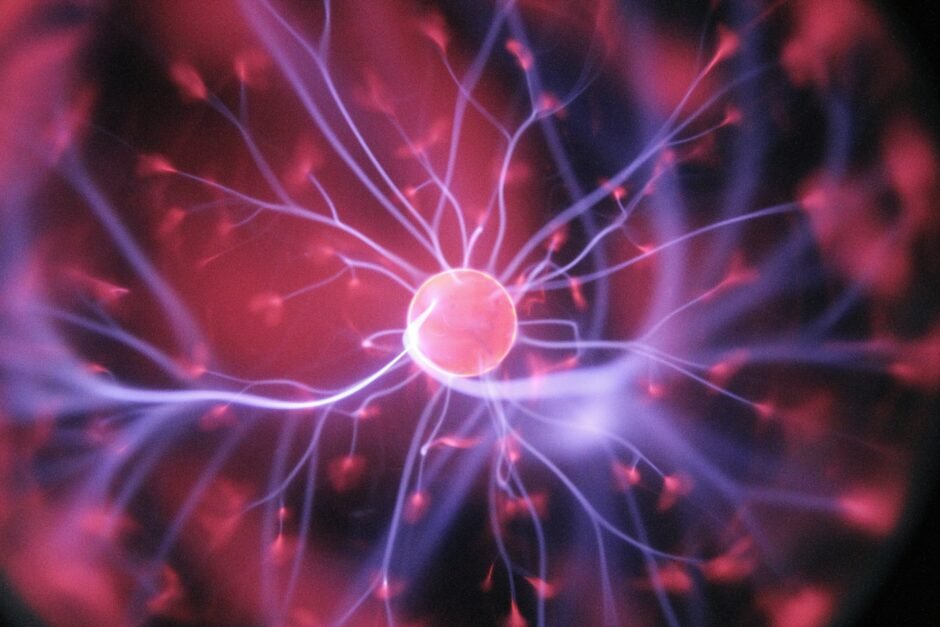Introduction In the modern era of cloud computing, software architecture plays a crucial role in enabling organizations to leverage the full potential of the cloud. With the increasing adoption of…
Best 20 Angular Coding Interview Questions with Answers for Coding Interviews

Preparing for a coding interview that includes Angular requires a good understanding of the key concepts and the ability to answer common interview questions.
By familiarizing yourself with these 20 Angular coding interview questions and their answers, you’ll be better equipped to showcase your knowledge and skills during the interview process.

Practice implementing code examples and understanding the underlying concepts to strengthen your understanding of Angular and increase your chances of success in the coding interview.
Introduction to Angular Coding Interview Questions
Angular is a popular JavaScript framework used for building web applications.
It offers a wide range of features and tools that make it a preferred choice for developers.
If you are preparing for Angular Coding Interview Questions that includes Angular, it’s crucial to be well-versed in the key concepts and have a good understanding of common interview questions.
1. What is Angular?
Angular is an open-source framework developed by Google for building web applications.
It follows the Model-View-Controller (MVC) architectural pattern and provides a structured approach to building dynamic and responsive web applications.
2. What are the key features of Angular?
Some of the key features of Angular include:
- Two-way data binding
- Dependency injection
- Directives
- Templates
- Routing
- Form validation
3. What is the difference between AngularJS and Angular?
AngularJS, also known as Angular 1.x, is the older version of Angular.
Angular, on the other hand, refers to Angular 2 and all its subsequent versions. Angular is a complete rewrite of AngularJS and introduces many new features and improvements.
4. Explain the concept of data binding in Angular.
Data binding in Angular allows you to establish a connection between the model and the view. There are two types of data binding:
- One-way data binding: Data flows in one direction, from the model to the view.
- Two-way data binding: Data flows in both directions, allowing changes in the model to automatically reflect in the view, and vice versa.
5. What are Angular directives?
Directives in Angular are markers on DOM elements that tell Angular to attach specific behavior to that element or transform it in some way.
Directives can be used to create reusable components, manipulate the DOM, and handle events.
6. What is dependency injection in Angular?
Dependency injection is a design pattern used in Angular to manage the dependencies between different components. It allows you to inject dependencies into a component rather than creating them inside the component. This promotes reusability and testability.
7. Explain the concept of modules in Angular.
Modules in Angular are used to organize the application into cohesive blocks of functionality.
Each module can contain components, services, directives, and other Angular artifacts. Modules help in managing the complexity of large applications and enable code reusability.
8. What is Angular CLI?
Angular CLI (Command Line Interface) is a command-line tool that helps in initializing, developing, and maintaining Angular applications.
It provides a set of commands for tasks such as generating components, services, modules, and running the development server.

9. How do you handle form validation in Angular?
Angular provides built-in form validation capabilities. You can use both template-driven forms and reactive forms for handling form validation.
Template-driven forms rely on directives in the template, while reactive forms use explicit form control objects in the component.
10. What is Angular routing?
Angular routing allows you to navigate between different components and views in your application.
It enables the creation of Single Page Applications (SPAs) by loading different components based on the URL without refreshing the entire page.
11. How do you handle HTTP requests in Angular?
Angular provides the HttpClient module for making HTTP requests to a server.
You can use methods such as get(), post(), put(), delete(), etc., to perform various HTTP operations. The HttpClient module also supports interceptors for handling request and response transformations.
12. What are Angular services?
Services in Angular are used to share data and functionality across different components.
They provide a way to organize and share code that doesn’t belong to any specific component. Services can be injected into components and other services using dependency injection.
13. How do you handle errors in Angular?
In Angular, you can handle errors using error handling techniques such as try-catch blocks, error handlers, and observables.
Observables provide powerful error handling capabilities, allowing you to handle errors at different levels of the application.
14. Explain the concept of lazy loading in Angular.
Lazy loading is a technique used in Angular to load modules and components on-demand, rather than loading everything upfront.
It improves the initial loading time of the application by loading only the required modules when they are needed.
15. What is Angular testing?
Angular testing involves writing unit tests and integration tests to ensure that the application behaves as expected.
Angular provides testing utilities and frameworks like Jasmine and Karma for writing and running tests.
16. How do you optimize the performance of an Angular application?
To optimize the performance of an Angular application, you can follow best practices such as:
- Minifying and compressing the code
- Lazy loading modules
- Using Ahead-of-Time (AOT) compilation
- Optimizing the size of assets
- Implementing change detection strategies
17. Explain the concept of change detection in Angular.
Change detection in Angular is the process of detecting changes in the application’s state and updating the DOM accordingly.
Angular uses a hierarchical change detection mechanism that starts from the root component and traverses the component tree to detect changes.

18. How do you handle cross-site scripting (XSS) attacks in Angular?
Angular provides built-in protection against cross-site scripting (XSS) attacks. It automatically sanitizes user input by default, preventing the execution of malicious scripts.
You can also use the DomSanitizer class to explicitly sanitize user input.
19. What are Angular decorators?
Decorators in Angular are a way to modify the behavior of classes, methods, and properties.
They are used to add metadata to classes or members, which can be used by Angular to perform certain actions or provide additional functionality.
20. How do you deploy an Angular application?
To deploy an Angular application, you can build the application using the Angular CLI and then host the generated files on a web server.
You can also deploy the application to platforms like Firebase, GitHub Pages, or a cloud hosting provider.
Conclusion
Preparing for a coding interview that includes Angular requires a good understanding of the key concepts and the ability to answer common Angular Coding Interview Questions.
By familiarizing yourself with these 20 Angular coding interview questions and their answers, you’ll be better equipped to showcase your knowledge and skills during the interview process.

Remember to practice implementing code examples and understanding the underlying concepts to strengthen your understanding of Angular and increase your chances of success in the coding interview.
https://itexamsusa.blogspot.com/2023/12/mastering-matlab-programming-for.html
https://itexamsusa.blogspot.com/2023/12/monolith-vs-microservices-which-one-is.html
https://itexamsusa.blogspot.com/2023/12/publicprivate-keypairs-and-generating.html
https://itexamsusa.blogspot.com/2023/10/exam-dp-203-data-engineering-on.html
https://itexamsusa.blogspot.com/2023/10/ccnp-enterprise-advanced-routing-enarsi.html
https://itexamsusa.blogspot.com/2023/10/red-hat-certified-engineerrhce-ex294.html
https://itexamsusa.blogspot.com/2023/09/github-actions-to-auto-build-your.html







